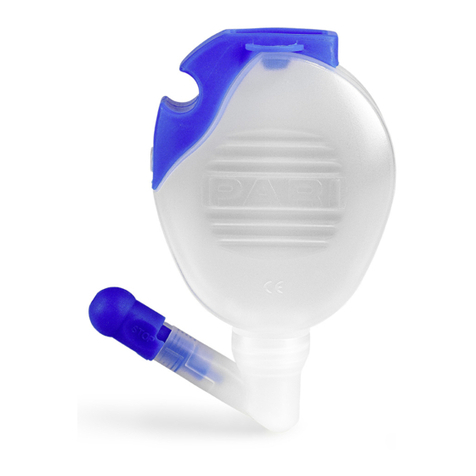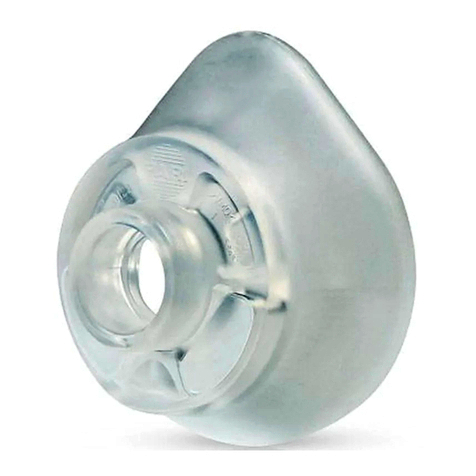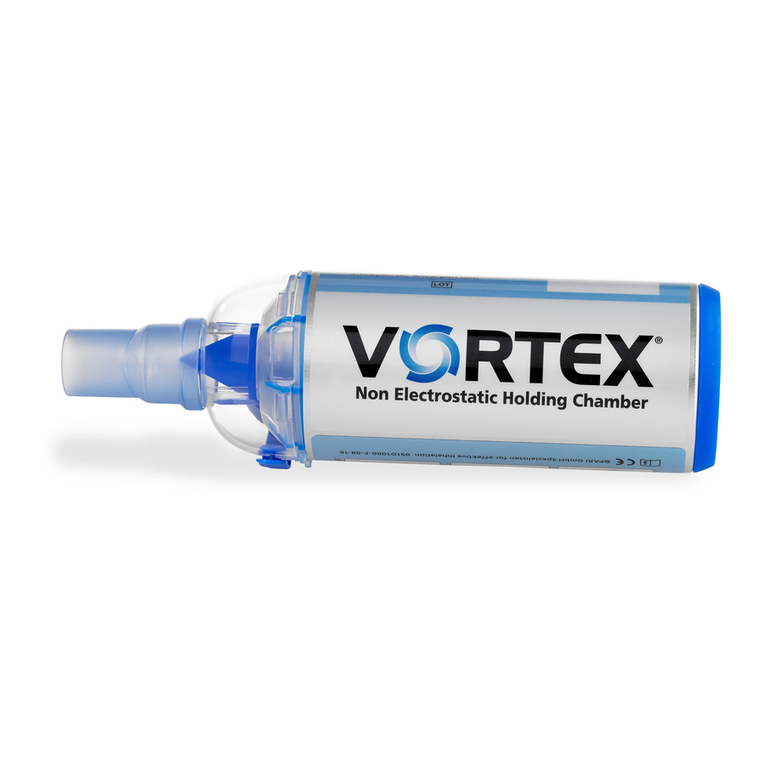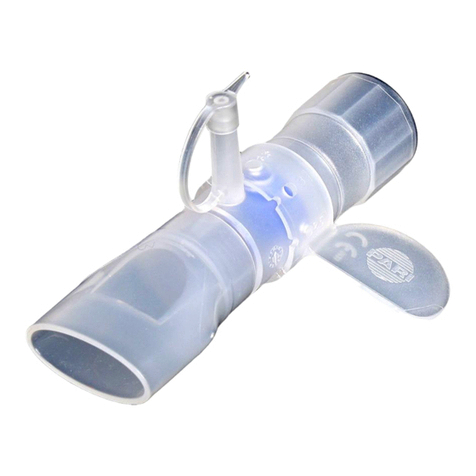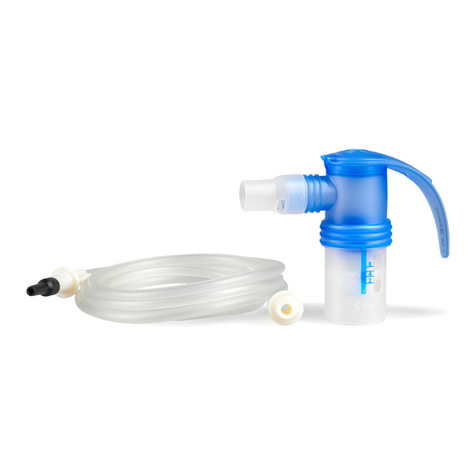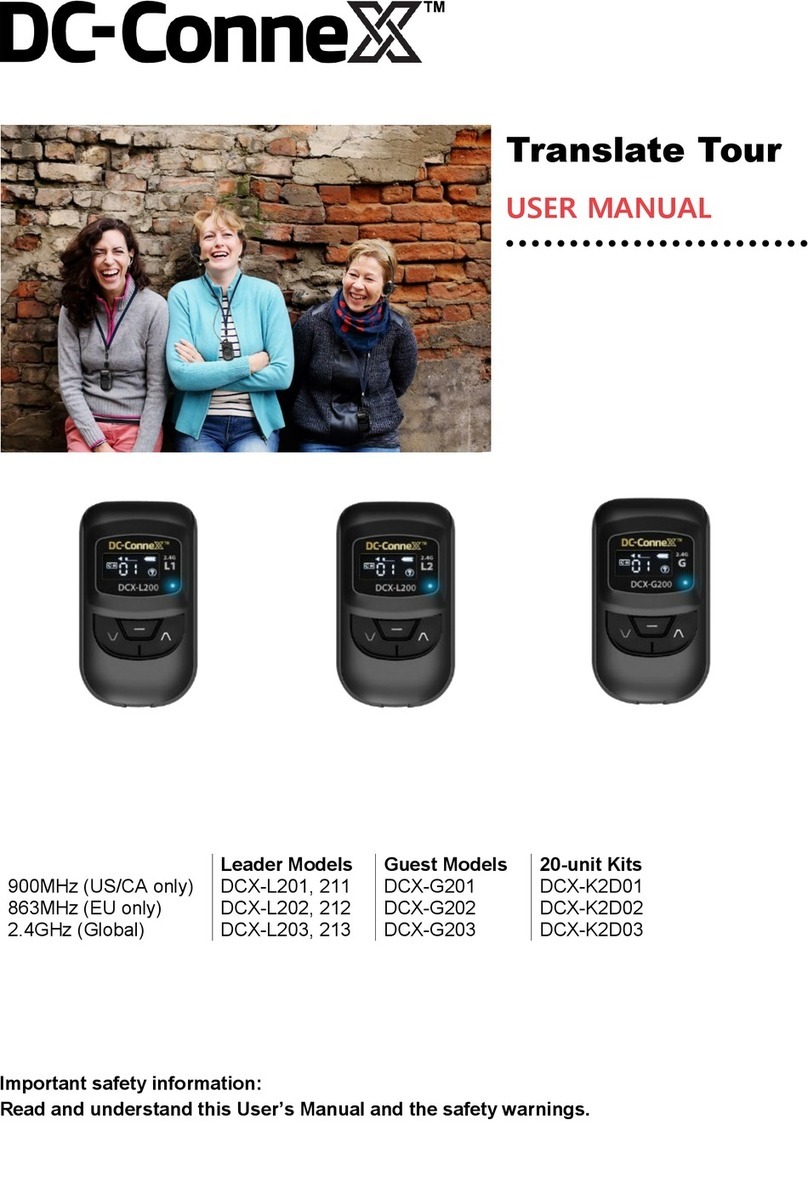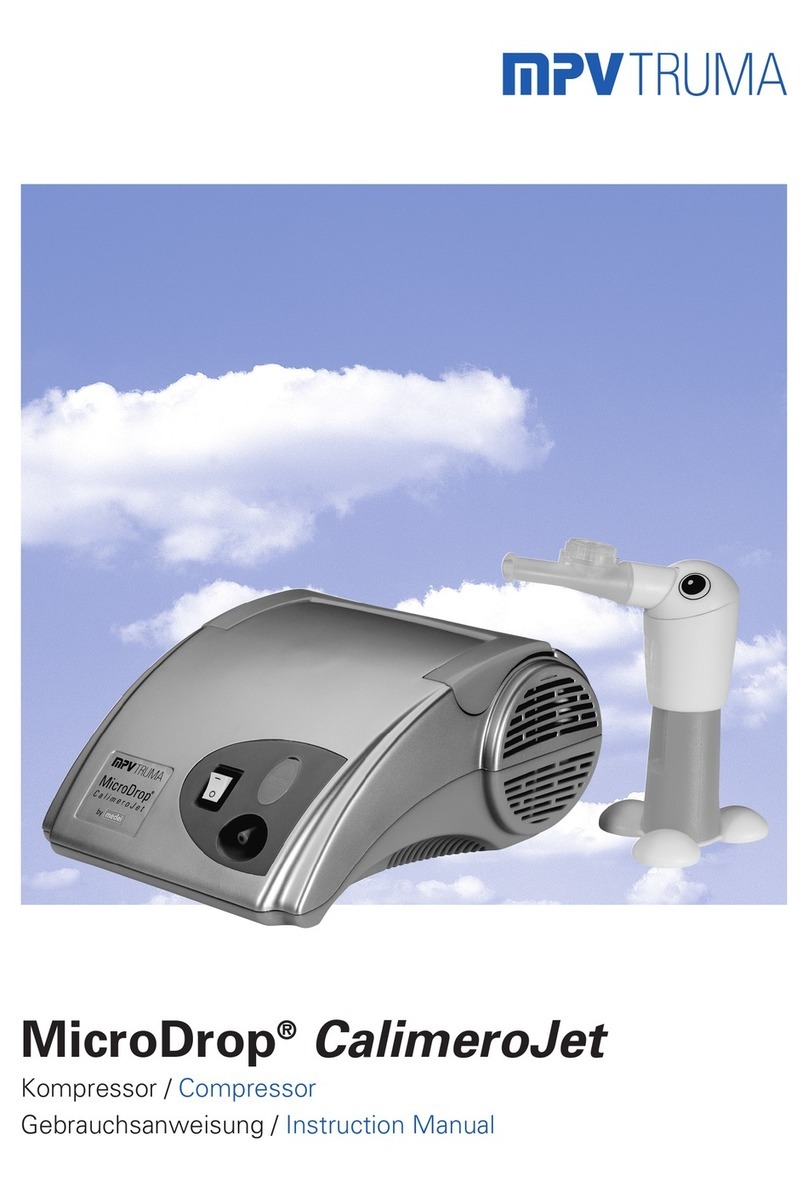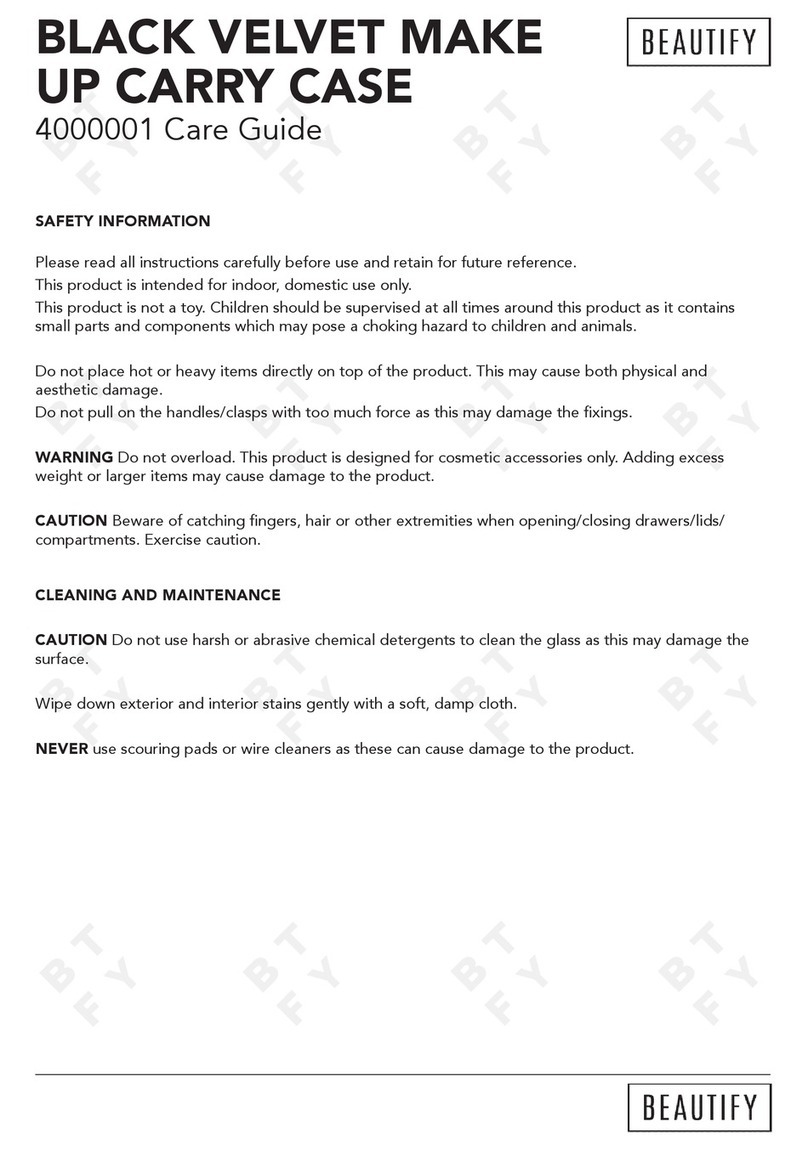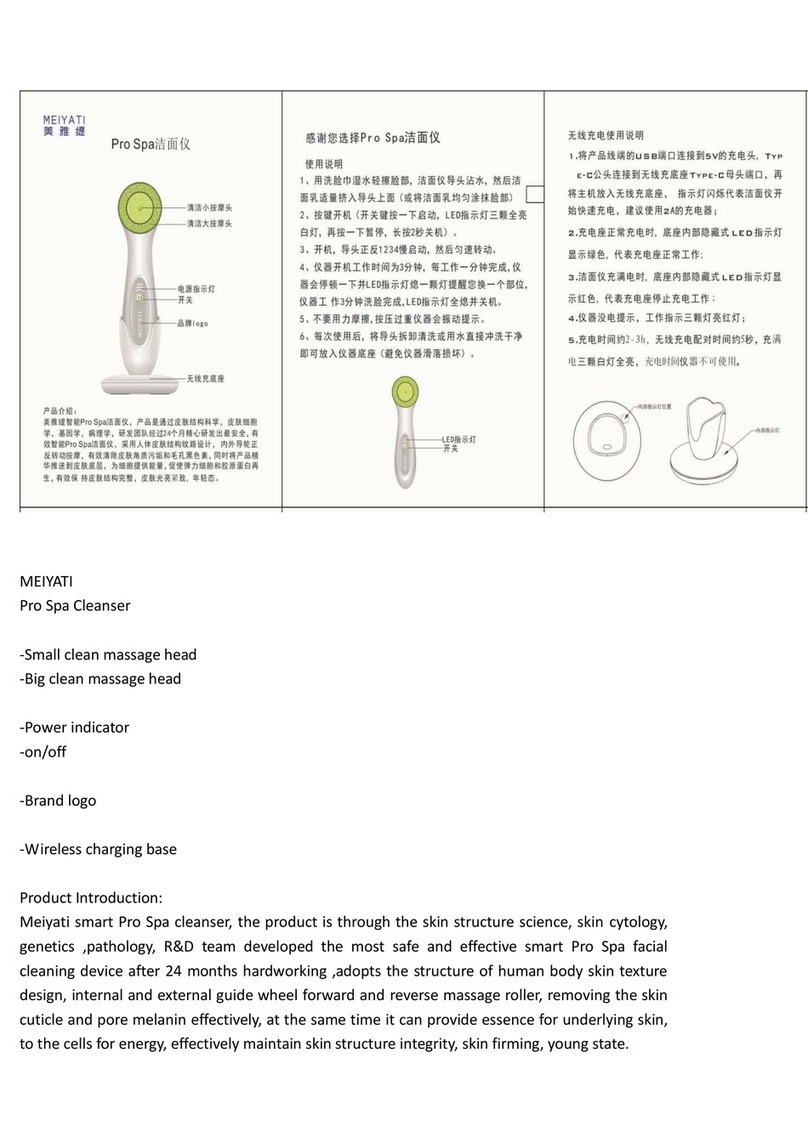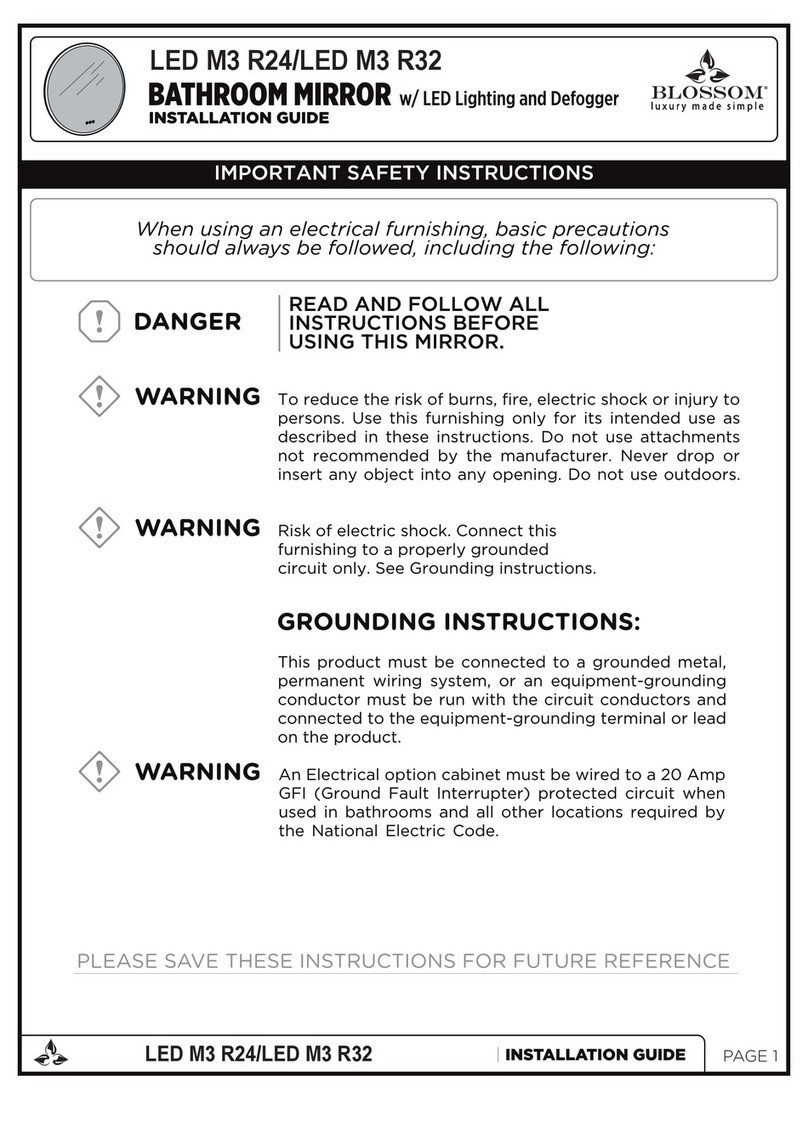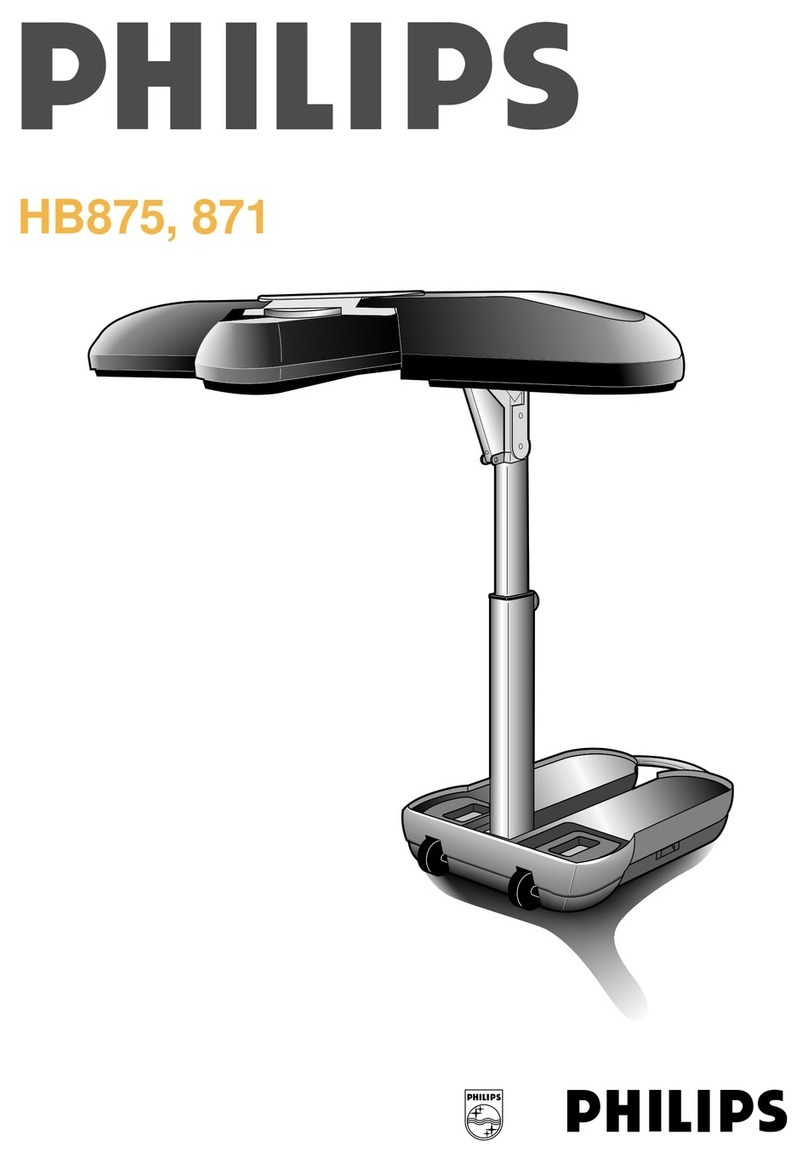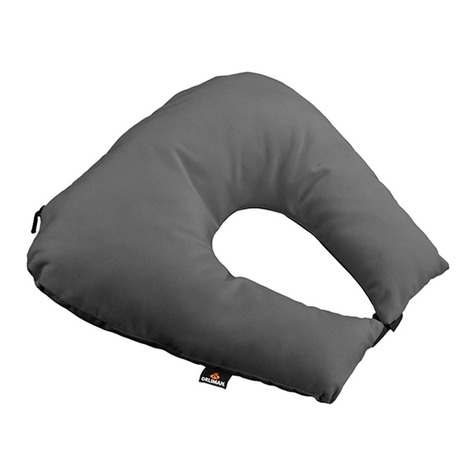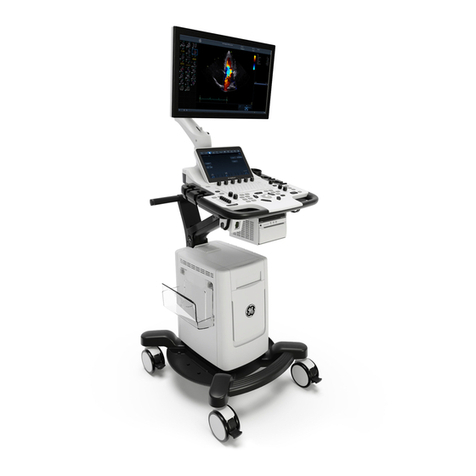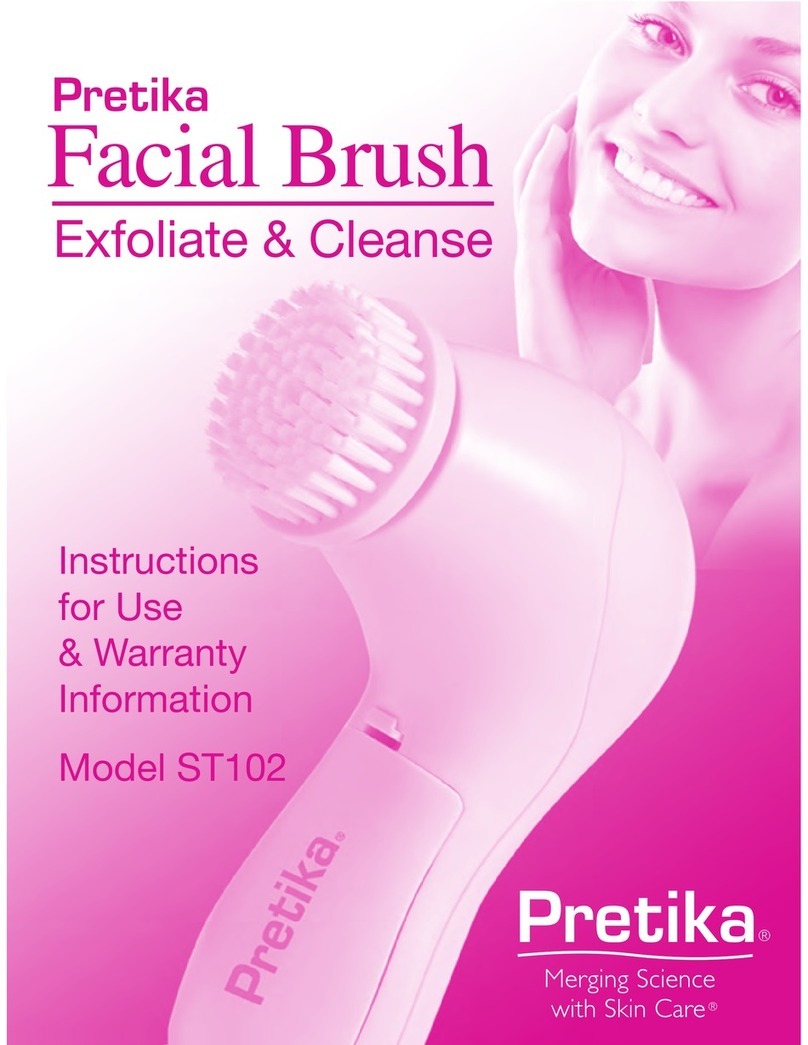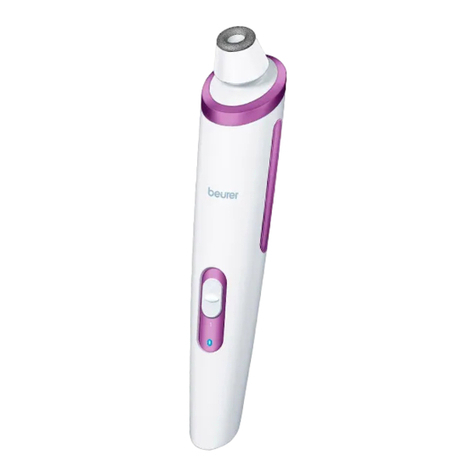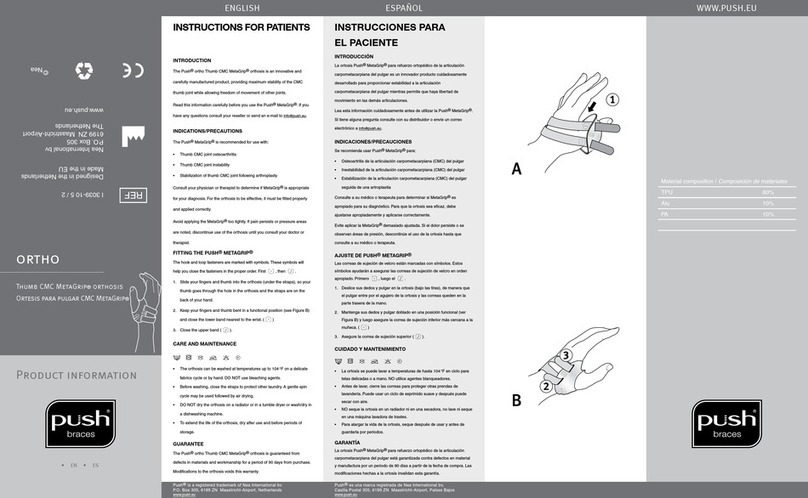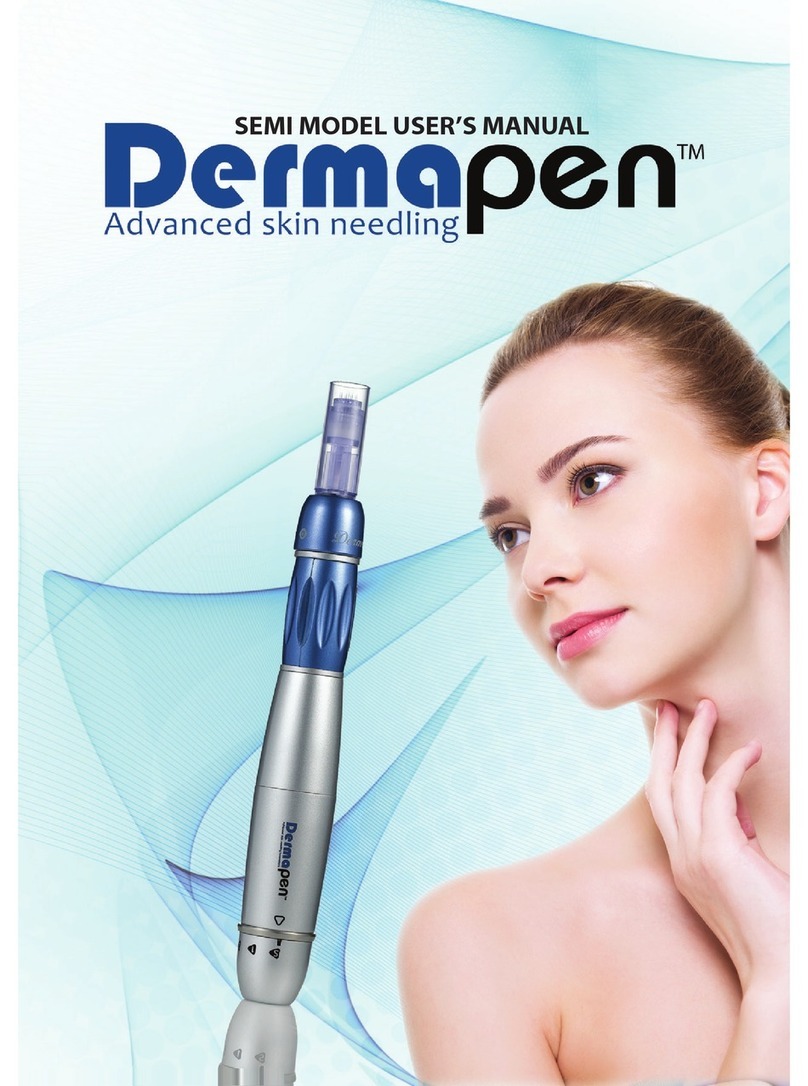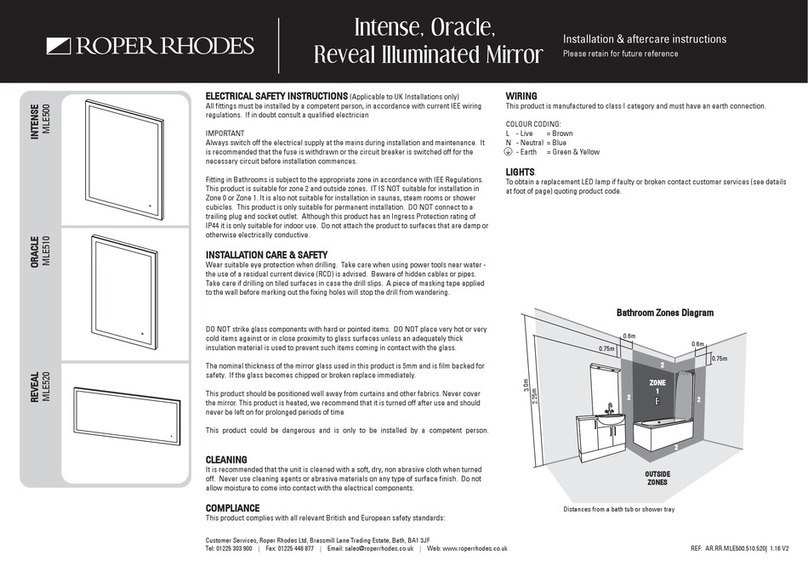Pari COMPACT2 User manual

Instructions for use
PARICOMPACT2 inhalation system
PARICOMPACT2 compressor (Type152)
PARILCPLUS® nebuliser (Type022)
PARIchild masksoft (Type041)
Important: Read these instructions carefully before using
the product for the first time. Follow all instructions and
safety instructions!
Keep the instructions in a safe place.
en


Identification, validity, version
These instructions for use are valid for PARICOMPACT2
inhalation systems in the following countries:
Countries outside the EU
Version of these instructions for use: VersionF – 2020-02,
Approved version dated2019-11-21
Information as of: 2019-11
The current version of the instructions for use can be
downloaded from the internet as a PDF file:
www.pari.com (on the respective product page)
Formats available for visually impaired patients
The instructions for use available in PDF format on the internet
can be enlarged for printing.
CE conformity
The product is compliant with the requirements according to:
– 93/42/EEC (Medical devices)
– 2011/65/EU (RoHS)
Trade marks
The following trade marks are registered trade marks of
PARIGmbH Spezialisten für effektive Inhalation in Germany
and/or other countries:
LC SPRINT®,LCPLUS®,PARI®
Copyright
©2020 PARIGmbH Spezialisten für effektive Inhalation
Moosstraße3, 82319Starnberg, Germany
No part of this documentation may be reproduced or pro-
cessed, duplicated, translated or disseminated by electronic
means without the prior, written consent of PARIGmbH.
All rights reserved. Technical and design changes and printing
errors reserved. Principle shown in illustrations.
Legal manufacturer
PARIGmbH Spezialisten für effektive Inhalation
Moosstraße3, 82319Starnberg, Germany
– 3 –

Contact
For all product information and in the event of defects or ques-
tions about usage, please contact our ServiceCenter:
Tel.: +49(0)8151-279220 (international)
+49(0)8151-279279 (German-speaking)
E-Mail: [email protected]
– 4 –

TABLE OF CONTENTS
IMPORTANT INFORMATION.......................................... 7
Intended purpose ............................................................. 7
Indication .......................................................................... 8
Contraindications.............................................................. 8
Safety instructions ............................................................ 8
PRODUCT DESCRIPTION .............................................. 13
Components ..................................................................... 13
Working parts ................................................................... 14
Description of function...................................................... 15
Material information.......................................................... 16
Maintenance..................................................................... 16
Operating life .................................................................... 16
APPLICATION ................................................................. 17
Setting up the compressor ............................................... 17
Preparing for treatment .................................................... 19
Performing treatment........................................................ 22
Ending the treatment ........................................................ 25
REPROCESSING ............................................................ 26
Single patient use............................................................. 26
Multiple patient use .......................................................... 30
Care of the connection tube ............................................. 31
Replacing the air filter....................................................... 31
Inspecting ......................................................................... 32
Storage............................................................................. 32
TROUBLESHOOTING..................................................... 33
TECHNICAL DATA.......................................................... 33
Compressor...................................................................... 33
Nebuliser .......................................................................... 36
– 5 –

MISCELLANEOUS .......................................................... 38
Disposal............................................................................ 38
Links ................................................................................. 39
Labelling ........................................................................... 39
APPENDIX: Reprocessing in professional environ-
ments for use with several patients ............................. 41
Compressor...................................................................... 41
Nebuliser and accessories ............................................... 41
Connection tubing ............................................................ 44
– 6 –

1 IMPORTANT INFORMATION
1.1 Intended purpose
The PARIinhalation system consists of a PARIcompressor, a
PARInebuliser and PARIaccessories. The system is used for
treatment of the lower airways.
The inhalation system must only be used by individuals who
understand the contents of the instructions for use and are able
to operate the inhalation system safely. Individuals in the fol-
lowing groups must be supervised by a person who is respons-
ible for their safety:
– Babies, infants and children
– Individuals with limited capabilities (e.g., physical, mental,
sensory)
If the patient is not able to operate the inhalation system safely
himself, the therapy must be carried out by the responsible
person.
Compressor
The purpose of the PARI compressor is to generate com-
pressed air for operating a PARInebuliser.
The PARI compressor is intended for use with multiple pa-
tients. It must only be used for PARInebulisers. The com-
pressor can be operated by the patient himself and must only
be used indoors.
Nebuliser
The nebuliser generates aerosols1 for inhalation.
The nebuliser must only be used in a home environment and
only by a single patient for reasons of hygiene. It is suitable for
use in treating patients in all age groups.
Only solutions and suspensions that are approved for use in
nebuliser therapy may be used.
1) Aerosol: Small particles of solid, liquid or mixed composition (fine "mist")
suspended in gases or air.
– 7 –

An application takes between 5and 10minutes (depending on
the quantity of fluid), but in no case more than 20minutes.
The frequency and duration of use will be determined by the
physician or therapist according to the individual needs of the
patient.
Mask
The mask is an accessory for nebuliser treatment with a
PARInebuliser.
The PARIchild mask soft is suitable for the treatment of chil-
dren aged 4years and older2.
The mask must only be used with PARInebulisers.
For reasons of hygiene, this PARIproduct must only be used in
a home environment by a single patient.
1.2 Indication
For treatment of diseases of the lower airways.
1.3 Contraindications
This product is only designed for patients who are able to
breathe by themselves and are conscious.
1.4 Safety instructions
The present instructions for use contain important inform-
ation, safety instructions and precautionary measures.
The user must follow these in order to guarantee safe op-
eration of this PARIproduct.
This PARI product must only be used as described in these in-
structions for use.
The instructions for use of the inhalation solution used must
also be followed.
2) The age indicated is intended as a guidance value. Whether the mask is
actually suitable depends on the size and shape of the individual face.
– 8 –

General
Nebuliser aerosol characteristics differ from the information
provided by the manufacturer if non-approved solutions or sus-
pensions are used for nebulisation.
This product is not suitable for use in an anaesthetic breathing
system or a ventilator breathing system.
Tracheotomised patients cannot inhale with a mouthpiece. For
inhalation therapy, they require specific equipment. In this
case, please contact your doctor for further information.
If your health condition is not improved, or even worsens
as a result of the treatment, seek professional medical
advice.3
Danger of electrocution
The compressor is an electrical device that is powered by sup-
ply voltage. It has been designed so that no live parts are ac-
cessible. However, if ambient conditions are unfavourable or if
the compressor or power cord is damaged, this protection may
no longer be provided. It may then be possible to come into
contact with live parts. This in turn may lead to an electric
shock. To avoid this danger, follow the instructions below:
– Make sure that the compressor housing, the power cord and
the power plug are undamaged every time before use. The
compressor must not be operated
– if the housing, the power cord or the power plug is
damaged,
– if a fault is suspected following a fall or similar.
– Never leave the compressor unattended while it is in use.
– Plug the compressor into an easily accessible socket. It
should be possible to unplug the power plug at all times.
– Switch the compressor off and disconnect the power plug
from the mains socket immediately:
3) Professional medical staff: Doctors, pharmacists and physiotherapists.
– 9 –

– if it is suspected that the compressor or the power cord
might have been damaged (e.g., after the compressor
has fallen or if there is a smell of burning plastic)
– if a malfunction occurs during operation
– before cleaning and maintaining the device
– immediately after use
– Keep the power cord away from domestic animals (e.g.,
rodents). They may damage the insulation on the power
cord.
Hazard due to small parts which can be
swallowed
The product contains small parts. Small parts can block the air-
ways and lead to a choking hazard. Keep all components of
the product out of the reach of babies and infants at all times.
Danger of a device defect
Comply with the following instructions to avoid a device defect:
– Make sure that the local supply voltage matches the voltage
data marked on the compressor identification label.
– To avoid overheating of the compressor,
– Never operate the compressor while it is in a bag,
– Never cover the compressor while it is operating,
– Make sure that the ventilation slits on the compressor are
unobstructed at all times while it is operating.
– Always pull the power cord by the power plug, not the cable,
to disconnect it from the socket.
– Make sure that the power cord is never kinked, pinched or
jammed. Do not pull the power cord over sharp edges.
– Keep the compressor and the power cord away from hot
surfaces (e.g., stove top, electric fire, open fire). Direct heat
may damage the compressor housing or the insulation on
the power cord.
– 10 –
Other manuals for COMPACT2
2
Table of contents
Other Pari Personal Care Product manuals
